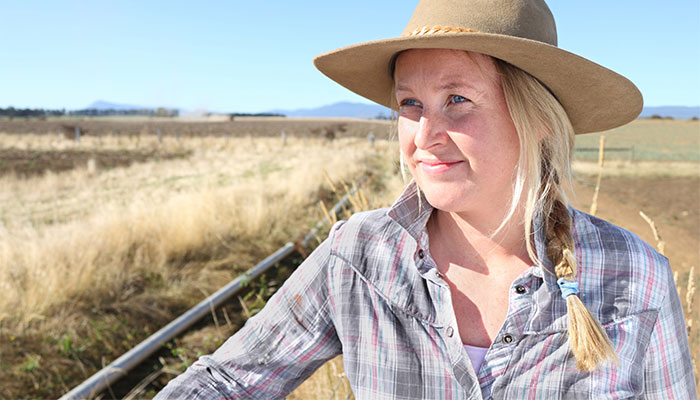The Australian Radiation and Nuclear Protection Agency (ARPANSA) is proud to welcome Dr Sarah Loughran as the inaugural Director of ARPANSA’s activities under the government’s enhanced Electromagnetic Energy (EME) Program.
In this role, Dr Loughran will lead the work outlined in ARPANSA’s EME Action Plan 2020-2024, which will contribute to the Federal Government’s Program by helping build public confidence in the safety of telecommunications networks, address misinformation about EME emissions and continue robust scientific research in the EME field.
Prior to joining ARPANSA, Dr Loughran held positions as an Associate Professor for the University of Wollongong, and Director of the Australian Centre for Electromagnetic Bioeffects Research (ACEBR).
‘Electromagnetic energy research and safety has shaped a large part of my professional and academic career, and I’m very excited to bring this expertise to ARPANSA,’ said Dr Sarah Loughran.
‘ARPANSA’s work under the broader EME program will ensure that Australia remains at the forefront of electromagnetic energy research, and will provide the Australian public with independent, safe and evidenced-based information,’ said Dr Loughran.
‘We’re very excited to have Dr Loughran on board and look forward to utilising her many years of experience and expertise to deliver on ARPANSA’s Vision for a safe radiation environment for the Australian community,’ said Dr Gillian Hirth, ARPANSA’s Chief Radiation Health Officer and Deputy Chief Executive Officer.
Dr Loughran has commenced her role from 12 October 2020.
About Dr Sarah Loughran
Dr Sarah Loughran is a current member of the World Health Organisation (WHO) Radio Frequency Environmental Health Criterion Evaluation Committee and is an elected member of the International Commission on Non-Ionizing Radiation Protection’s (ICNIRP) Scientific Expert Group.
Dr Loughran also holds degrees in physiology and psychology from Deakin University, and completed her PhD in cognitive neuroscience and psychophysiology at Swinburne University in Melbourne. She has also spent several years as a postdoctoral fellow at the University of Zurich, Switzerland. Her research has focused on a wide range of bioelectromagnetic health issues including the effects on sleep, human brain function, and the mechanisms associated with these effects, as well as risk communication related to EME and health.








